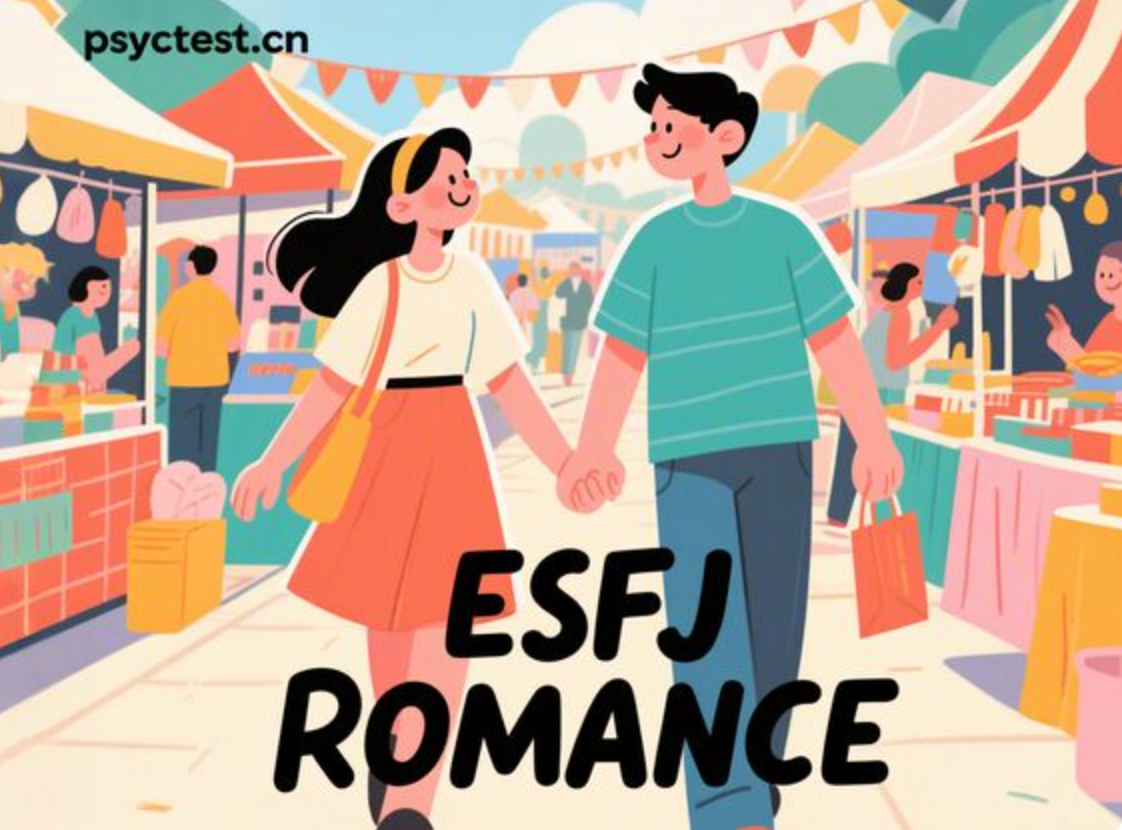Love, trust and connection are the three cornerstones of every healthy relationship. But even the most determined heart can shake when emotional manipulation quietly penetrates the relationship.
Among all personality types, ESFJs (extroversion, perception, emotion, judgment)—also known as “guardian of tenderness” or “relationship reconciler”—are often more likely to become manipulators in intimate relationships because of their high emphasis on intimacy, desire to be needed and please others.
This article will focus on how ESFJ, a personality type, recognizes signs of emotional manipulation, and provide practical advice to help them set boundaries, protect themselves, and create a truly respectful and healthy love relationship.
What is emotional manipulation? Why is ESFJ more likely to get caught in it?
Emotional manipulation is a way of influencing and controlling other people's behavior or emotions, from euphemistic emotional blackmail to extreme 'gaslighting' all fall into this category.
For ESFJs, they are naturally inclined to maintain harmony, take care of others, and avoid conflict. Therefore, when faced with 'love bombing', excessive commitment or progressive criticism in the early stages of love, they may find it difficult to detect it, and may even mistake the other party's manipulation behavior for 'feeling'.
Especially the turbulent ESFJ (ESFJ-T) who is more likely to be anxious and insecure in personality, it is easier to rely on other people's feedback in relationships to confirm their own value. In contrast, the confident and firm ESFJ (ESFJ-A) will be more confident to set emotional boundaries.
You can quickly identify your MBTI personality type through the free MBTI personality test on the official website of PsycTest Quiz (psychtest.cn) to further understand your behavioral tendencies in relationships.
Why is ESFJ more likely to be emotionally manipulated?
1. Desire to be needed and easily ignore the red flag
ESFJ is born with empathy and especially enjoys the feeling of being 'reliant'. They may invest a lot of emotions and time in love just to maintain each other's satisfaction. Even if you realize that the other party’s behavior is inappropriate, you often choose to be tolerant and compromise to avoid disrupting the relationship.
2. Sensitive to criticism and desire recognition
ESFJ's emotions are easily affected by their partner's emotions. If they are constantly treated in a cold manner or are subject to emotional suppression in an intimate relationship, they will often unconsciously begin to 'please' the other party and try to exchange for the other party's approval through more efforts.
This can become an extremely effective weapon in the hands of the controller - 'sometimes praise, sometimes deny', gradually controlling the emotional rhythm of ESFJ.
3. Not good at dealing with conflicts and would rather sacrifice yourself
According to our study of 'pleasant personality', 72% of ESFJs said they were very afraid to make close people angry, which is the highest proportion of 16 personality. This means that they are more inclined to avoid contradictions, and may endure it even if they already have a clear feeling of being 'used'.
4. Love stable relationships and don't want to end easily
ESFJ values security in long-term relationships. Once a relationship is established, they will find it difficult to let go, even if the relationship has become unhealthy. Their fear of 'losing intimacy' will likely allow them to stay in potential manipulation for longer.
If you want to learn more about in-depth analysis of 'relational personality', it is recommended to read the MBTI Advanced Personality Archive , which provides you with personality growth suggestions beyond basic descriptions, helping you to gain a deeper understanding of the psychological motivation behind emotional patterns.
How does ESFJ keep emotional boundaries? Three practical strategies
1. Clearly establish and maintain emotional boundaries
ESFJ is prone to 'over-paying' in love and accidentally falls into the trap of 'taking care of the other person's emotions'. To break this cycle, we must first set clear boundaries in the early stages of love:
- What are behaviors that you cannot accept?
- Does the other party respect your rhythm?
- Do you feel listened to and respected?
Setting boundaries and insisting on implementation is the touchstone for identifying potential operators. Only those who respect your boundaries deserve your tenderness; and those who continue to challenge your bottom line are likely not those who are worthy of entrusting.
2. Learn to 'unbound' self-worth with other people's emotions
ESFJ often falls into the psychological trap of 'others are unhappy = I did something wrong'. But emotions are the responsibility of others and have nothing to do with you.
The first step to emotional independence is to realize that you are not the other party’s emotional manager . You can be considerate, but you don’t have to be responsible; you can care, but you don’t have to feel guilty.
When you can stay emotionally neutral when the other person is angry or emotionally unstable, it will be more difficult for you to be manipulated.
3. Tell your feelings to trusted friends and family
ESFJ is often afraid of leaking private matters and is worried about being rated as a 'relationship loser.' But in fact, sharing your doubts and feelings with people you trust can help you break out of the emotional quagmire of manipulation and get more objective suggestions and emotional support.
You might as well remember this sentence: ' Hidden problems cannot solve problems, and confiding is the first step to protect yourself. '
At the end: Gentleness must also have strength, so it is worth cherishing
The reason why ESFJ's personality is appreciated is that they always maintain warmth, caring and loyalty in their relationship. However, these valuable qualities cannot be tools for others to control.
By setting clear boundaries, enhancing emotional independence and seeking external support, ESFJ can fully protect itself while maintaining kindness and building a respectful, healthy and long-lasting intimacy relationship.
Not sure if I am an ESFJ? You can click to enter the free MBTI personality test to explore your personality types and emotional traits.
Further reading recommendations (suitable for ESFJ in-depth exploration):
More recommendations:
Through the MBTI personality series articles on 'PsycTest Quiz official website (psychtest.cn)', you can read more about 'MBTI', 'MBTI test entrance', '16-type personality test', 'Myers-Briggs personality test free', and 'Personal Test', helping you to understand the patterns and emotional connections between people more deeply.
Gentleness is not weakness, kindness is not compromise. May every ESFJ find a gentle and firm self in love.
Link to this article: https://m.psyctest.cn/article/JBx208G9/
If the original article is reprinted, please indicate the author and the source in the form of this link.


